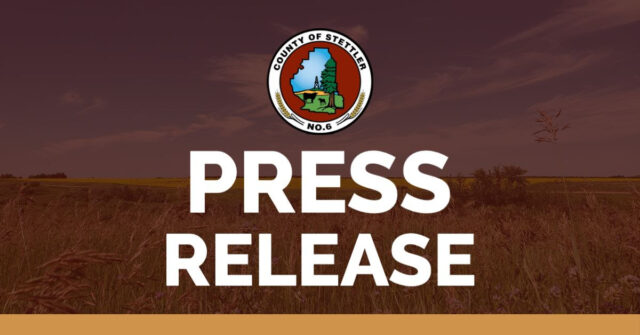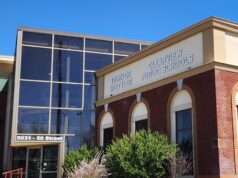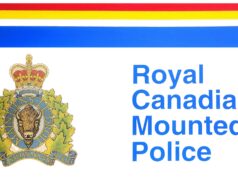The County of Stettler is reminding residents to keep an eye on their spruce trees this season.
Three significant pests and diseases are actively affecting trees in the region: Cytospora Canker, Rhizosphaera Needlecast, and Spruce Beetle.
Early detection and proper management can help protect our shelterbelts, yard trees, and recreational green spaces.
Cytospora Canker (Cytospora kunzei)
What it is: A fungal disease affecting mainly Colorado blue spruce, Norway spruce, and native white and Engelmann spruce.
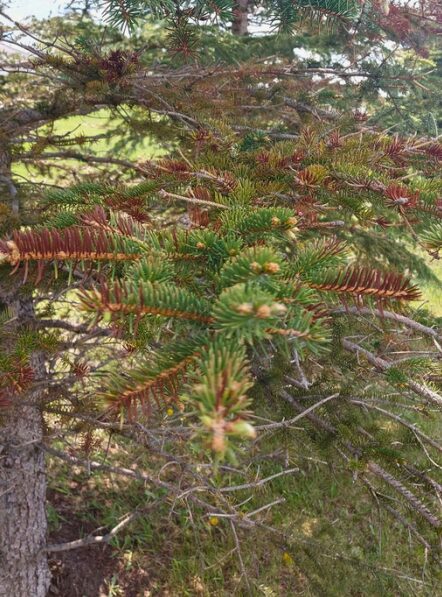
Symptoms:
- Browning needles starting on lower branches
- White or bluish-white resin (sap) oozing from cankers on branches and trunk.
- Needles yellow, then reddish-brown before falling off
- Dieback of affected branches and eventual tree death if untreated
How it Spreads:
- By wind, rain, insects, and contaminated pruning tools.
- Stressed trees (drought, injury, poor soil) are especially vulnerable.
Management Tips:
- Water deeply during dry spells and mulch to conserve moisture
- Prune infected branches during dry weather or in winter; disinfect tools between cuts
- Remove and destroy infected material
- Avoid injuring trees with lawn equipment or construction
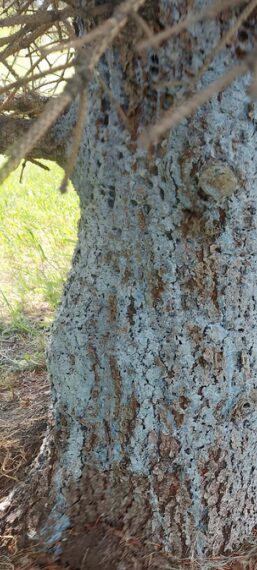
Rhizosphaera Needlecast (Rhizosphaera kalkhoffii)
What it is: A common fungal disease of Colorado spruce and occasionally other spruce.
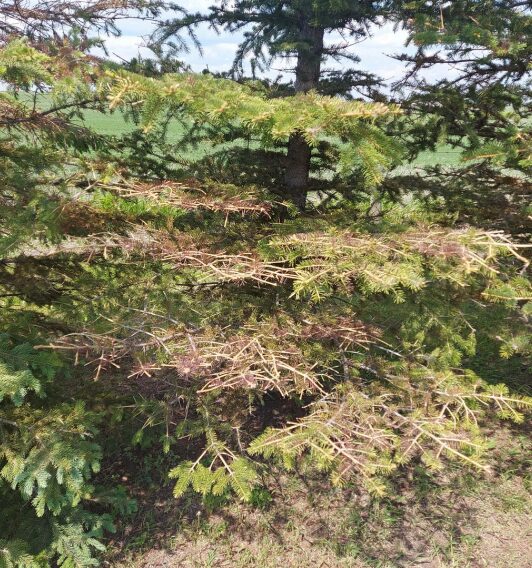
Symptoms:
- Yellowing of older inner needles in spring
- Needles turn purplish-brown by late summer
- Small black fruiting bodies in neat rows on infected needles
- Needle loss from the inside of branches outwards, causing thinning and dieback
How it Spreads:
- Spores spread during wet weather in spring from infected needles to new growth.
Management Tips:
- Avoid pruning during wet conditions; sterilize pruning tools often
- Remove heavily infected branches and rake up fallen needles
- Mow or trim vegetation to improve air circulation around trees
- Apply fungicides (such as chlorothalonil) during spring new growth and repeat at intervals if conditions remain wet
Spruce Beetle (Dendroctonus rufipennis)
What it is: A bark beetle species that attacks large, mature spruce (white, Engelmann, Colorado blue spruce). Outbreaks can kill significant stands of spruce and are increasingly common due to changing weather patterns.
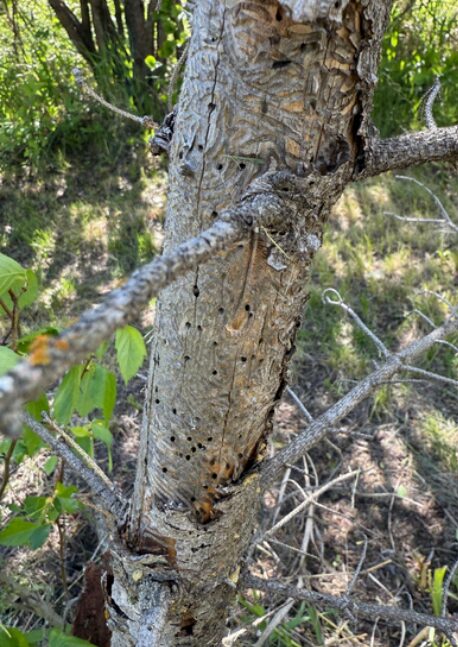
Signs of Infestation:
- Yellow-green to red-brown crowns within 1–2 years after attack
- Fine sawdust (frass) on the trunk or around the base
- Small resin masses (“pitch tubes”) where beetles bore into bark
- Woodpecker activity peeling bark off trees
- Beetle galleries (tunnels) under the bark
Management Tips:
- Remove and destroy infested trees before beetles fly in early May
- Burn or chip debris piles before spring
- Peel bark from cut wood to expose beetles to the weather
- Don’t stack infested firewood near healthy spruce
- Monitor nearby trees each spring for new attacks
- Anti-aggregation pheromones (MCH) can help repel beetles in high-risk areas

These pests and diseases can spread quickly and cause permanent damage. Your attention and care can protect your trees and those of your neighbors.
Preventative tree care and maintenance are key to preventing issues. For questions or advice on tree health in the County of Stettler, contact a local arborist or the Agricultural Services Department.
Agricultural Services
asb@stettlercounty.ca
403-742-4441

